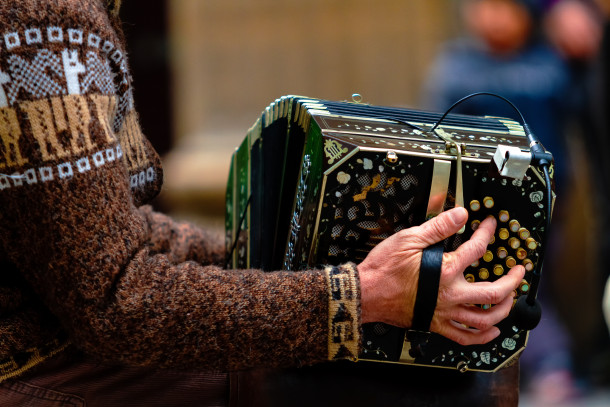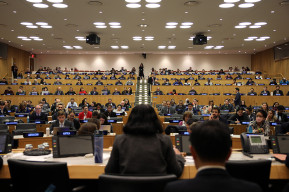Article
Tango Is Also Afro

Historically, the Afro-descendant presence has been erased. The Afro-descendant population is a group that came to our country at the beginning of the Spanish conquest and has remained here until this day. This presence has contributed to the Argentine identity. In its publication “Argentina is also Afro”, INADI carries out a historical study on its influence, which, among its other expressions, also includes music and, in particular, the tango.
According to this publication, the meetings of the “black” community were known as “tangos”. Thus, Candombe and Carnival were the backdrop for the evolution of Tango, which for four decades mixed with the most diverse musical and cultural forms until it took on an identity of its own at the end of the 19th century.
As was the case with other musical expressions born on the continent, the recognition of the African influence was completely erased from tango when it became a national symbol. Among the great Afro-Argentine composers and musicians is Rosendo Mendizábal (1868-1913), Pianist, Composer and Author of “El entrerriano”, considered the first recorded tango. Enrique Maciel (1897-1962), Guitarist, Bandoneonist and Composer, and Leopoldo Thompson (1890-1925), Double Bass Player, were also influential.
To learn more about the African roots of tango and Argentine culture and society, we invite you to read the study “Argentina is also Afro”.









